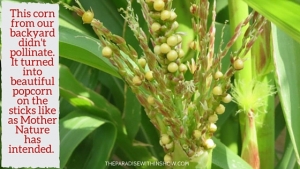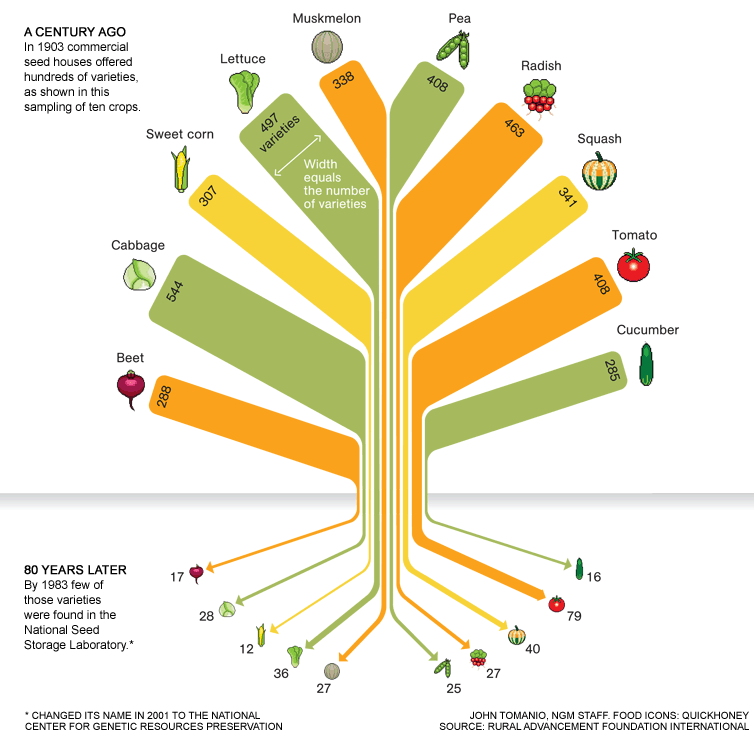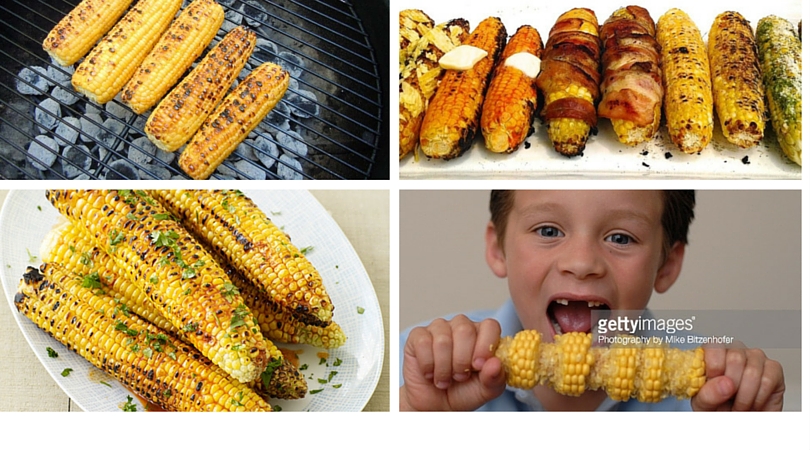Do you love food more than your significant other? February is a Valentine’s month. I thought how appropriate it is that we give some love and appreciation to the food we consume daily. Without food, there probably isn’t much love, happiness and living a fulfilling life.
POPCORN ON THE CORN PLANTS!
One morning, my mom was laughing hard and told me to go and see the popcorn on the corn stalks!
“There is no such thing! Mom, you are joking,” I replied. So we went to the backyard together.
In the photo below what I saw on the corn plants. I never saw anything like this. Mother nature is capable of creating exotic things. Don’t you think so?
This was very strange for us. I saved the pictures that some days the mystery will be solved.
Recently, I met David Didier, the founder of Life Style Project, at Digital Footprint event. He happens to grow corns at his farm. David and his family have been farmers since 1912! I was so anxious to find out about the popcorn mystery.
Did you know there are male and female corn? I didn’t! Watch the video!
You will be shocked like I did if you don’t know about corn physiology.
I didn’t know there are such things as a male and female corn. I got more curious about corn, so I wanted to find out more about it. The next thing I know, it turns into this blog post. Here are some very interesting findings.
Do you know there were 307 different kinds of corns?
Can you take a guess how many different kinds of corns are left now? Take a look on the chart below from Nation Geography.
ABOUT CORN
Corn origin was from Central America. The Botanical name is Zea mays. Corn is an annual, and is a member of the grass family. Corn is a vegetable! They can grow between 4 to 12 feet tall.
WHAT CORN LIKES:
Corn likes warm weather with full sun between 60° to 95°F, in loose, well-worked, well-drained soil with a pH of 5.8 to 6.8. My mom puts steer manure to the planting area before she plants.
Here in the United States, corn planting season usually starts two or three weeks after the last frost in spring in snowy states. If the soil is wet, seeds are unlikely to germinate.
BIRDS AND BEES – CORN PHYSIOLOGY:
The tassels are the male flowers of the corn plants. The female flowers are kernels and ears.
The flowering tassels are formed at the very top of each stalk. The pollen falls from the tassels onto the hair (silky threads) growing from each ear below. Each silk is connected to an unfertilized kernel. Please refer to figures 1 and 2.
Each ear of corn forms as many kernels as the number of silks that were pollinated. A large corn variety may form one or two ears on each stalk. A dwarf variety of corn may form two or three ears on each stalk.
When pollination does not occur, then the stalk produces only a cob, no kernels. Please see figure 1 above.
TYPES OF CORNS:
There two types of sweet corns. One type contains more sugar and less starch. Other type is the field corn which are less sugar and serves for livestock.
DIFFERENT KINDS OF CORNS:
Between those two types, there were different kinds of 307 types corns back in the earlier days. There are only
12 different kind of corns per Nation Geography graph above. A variety of sweet corn can be purple, yellow, red, black, white, or multiple colors.
Check Out These “Interesting” Multi-color Names:
- Hookers, 70 days (open pollinated, white turning blue at maturity)
- Triple Play, 70 days (open pollinated, white-yellow bicolor turning partially blue at maturity)
- Painted Hill, 75 days (open pollinated, mostly white turning various pastels at maturity)
- Black Mexican/Aztec, 76 days (heirloom, open pollinated, white turning blue-black at maturity)
- Bloody Butcher, 100 days (heirloom, open pollinated, 10′ to 12′ stalks, at maturity red to dark red kernels with some ears flecked with yellow and white; an occasional ear is entirely white or white flecked with red)
Pests/Diseases:
- Raccoons
- Spotted Cucumber Beetles
- Flea Beetles
- Cutworms
Just like most vegetables, it is best not to plant them in the same place two consecutive years. Pests and diseases can survive in the soil for two yours! There are varieties of pesticides available at your local garden centers or get them online if you prefer to use them.
My local garden expert recommended me to use organic snail and slug killer bait. It works for insects too. We had ants problems. We used them, they went away so fast.
If it is a corn farm you are dealing with, then I would suggest you consult with the corn farmer expert, David Didier.
Harvesting and Storage:
Corn can take from 60 to 100 days to be matured and ready for harvest. That depends on variety of corns and the amount of heat during the growing season.
The corns are ready to be harvest when the tassels turn brown, dry and the kernels look rounded. I normally feel the end of the ear and open the husk. Blanched corn on the cob can be frozen for 3 to 6 months.
I personal know that raw fresh corns last at lease two weeks in the refrigerator. They are sweeter and have more flavor when they are freshly picked off from the stalks. If you cook them, then wrap and put them in refrigerator, the flavor remains sweet should you want to eat them later.
If you keep them uncooked in the refrigerator or leave them at room temperature, then you cook them later. They loose the sweetness.
WAY TO PREPARE CORNS:
There are literally so many fun ways that you can prepare corn.
You can grill or boil corn on the cobs, then sprinkle and spice them up with your favorite homemade sauces it in any way you want.
We cook them with fried rice. Toss them in salad. Make soups with them and more. One of my favorite desserts is the Asian desserts with corn.
The all time favorite for majority of the people is popcorn.
DID YOU KNOW?
It is OK to eat raw corn. Right around when the ears are being harvesting, the corn stalks are a little sweet if they are healthy. You eat them just you were to eat sugarcane. It is not as nearly as sugarcane.
I used to see old folks dried the hair (silks) in the sun when they didn’t had tobacco to smoke. They used some kind of dried leaves to roll with the silks inside, and they smoked them.
Important: Links to other posts, videos, etc. may be deleted as they can come across as spams.
Please share your thoughts and ideas directly in the comments below. You’ll never know how your comment could help other readers.







